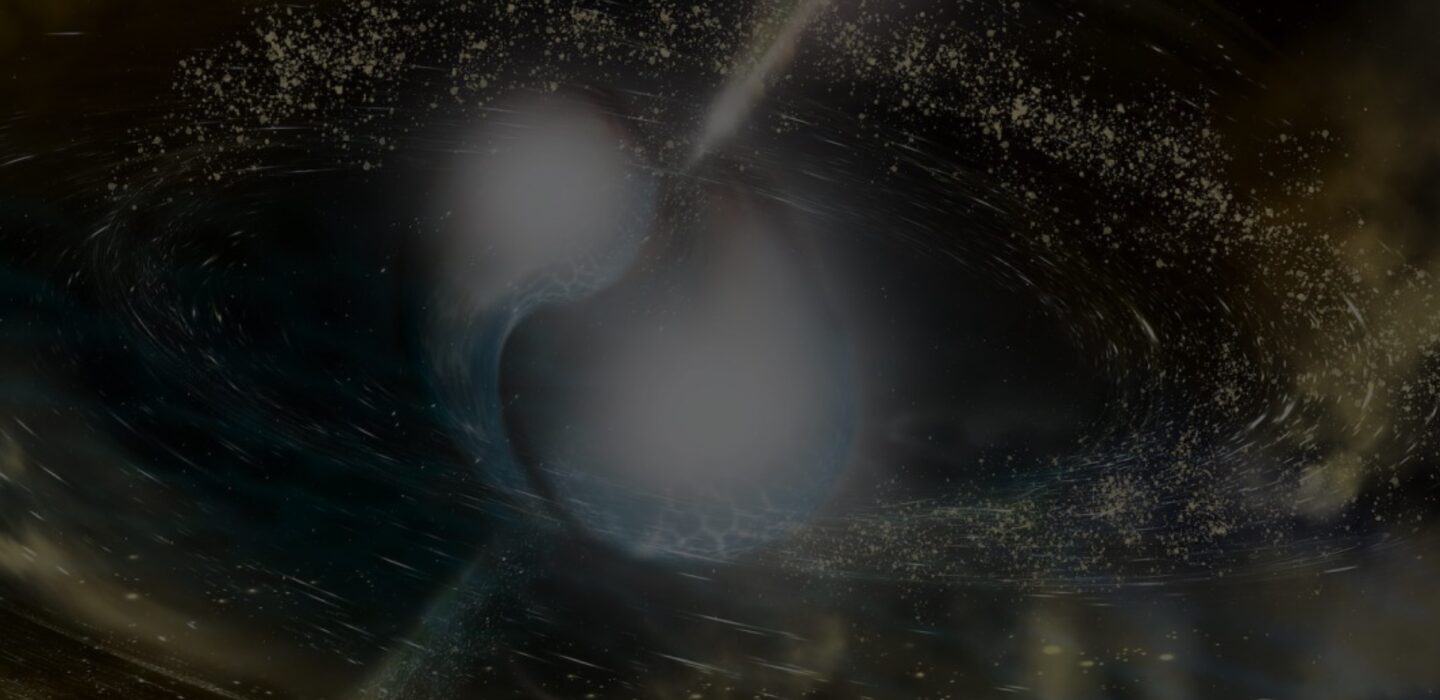Karthik Yadavalli & Zeyuan Xuan

Monday, September 22, 2025
3:00-4:00pm
Marlar Lounge and Zoom
Karthik Yadavalli (Harvard/CfA)
Title: Radiative Transfer Modeling Supernovae to Understand Progenitor Physics
Abstract: The specifics of the final-stage evolution and death of a massive star are not perfectly known. In particular, how the population of stars that lead to type Ib and Ic SNe (SNe Ib/c) experience core-collapse and ultimately explode as supernovae is so poorly known that a diversity of possible energy sources have been proposed to power SNe Ib/c. Although SNe Ib/c are canonically powered by the radioactive decay of nickel-56, other engines have been proposed as additional sources of energy in these supernovae, including the spindown of a rapidly rotating magnetar and accretion onto a compact object. As such, better understanding the underlying physics of SNe Ib/c light curves will place better constraints on their progenitors, and ultimately will inform our understanding of massive stellar evolution. To that end, we use the Monte Carlo code SEDONA to generate one-dimensional radiative transfer simulations to explore the diversity of SNe Ib/c light curves. We construct a grid of models for SNe Ib/c by varying the nickel-56 mass distribution, overall mass distribution, velocity profile, and abundance profile within the ejecta, all of which are sampled from a grid of mass-losing Helium stars that were evolved from birth until the onset of core collapse. We utilize a generative autoencoder to sample from this space of possible ejecta profiles and to explore the full range of possible ejecta profiles. We find that both the velocity gradient, density gradient, and the abundance profile of the ejecta influence the light curve of a SNe Ib/c in a highly coupled and complex manner that results in substantial differences with semi-analytical one-zone models of SN light curves. We find the velocity gradient, nickel-56 mass, and ejecta mass all can be constrained to various degrees just from the multiband light curve. Especially in the era of LSST, with the overabundance of SNe Ib/c light curves, we will be able to more sensitively probe the physical origins of these explosions.
Zeyuan Xuan (UCLA)
Title: From Gravitational Wave Bursts to Binary Dynamics: Unlocking the Astrophysics of Eccentric Sources
Abstract: In this talk, I will discuss the population, detectability, and astrophysical implications of highly eccentric binaries in future mHz gravitational-wave observations. As natural progenitors of dynamically formed GW sources, these systems are promising targets in the local universe. Their unique signals provide powerful insights into the dynamical formation channels and astrophysical environments of compact object binaries.
Speakers
- Karthik Yadavalli, Harvard CfA
- Zeyuan Xuan, University of California, Los Angeles